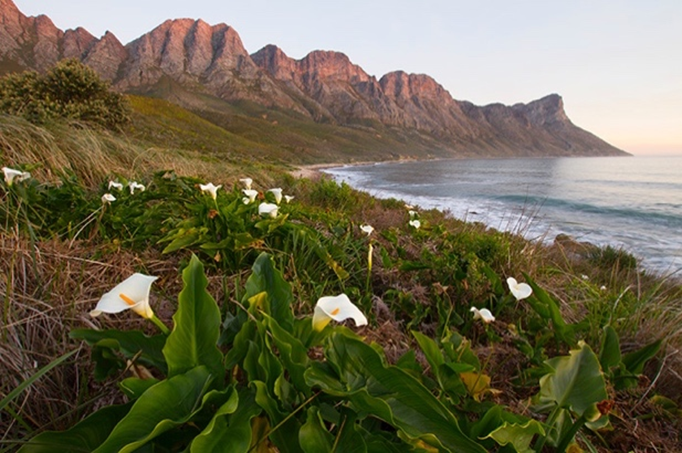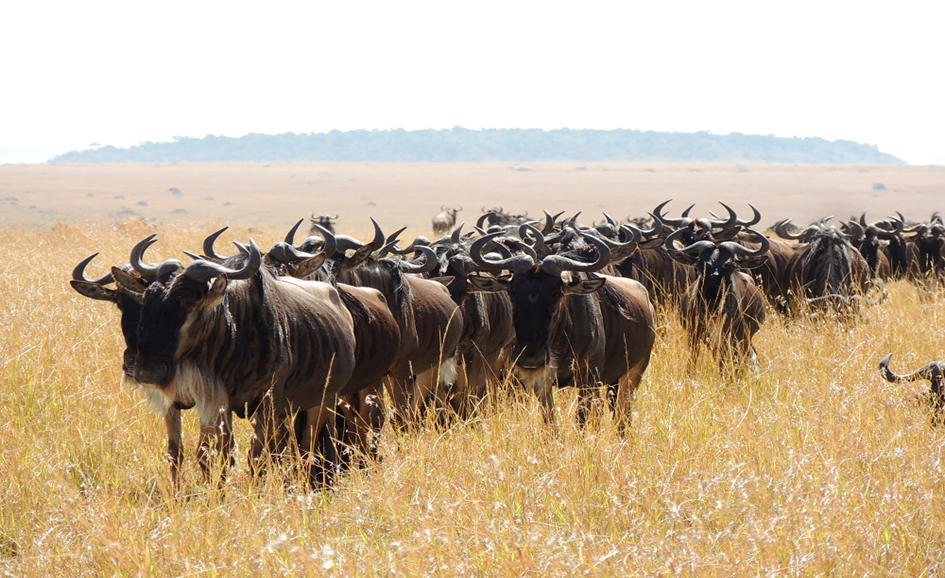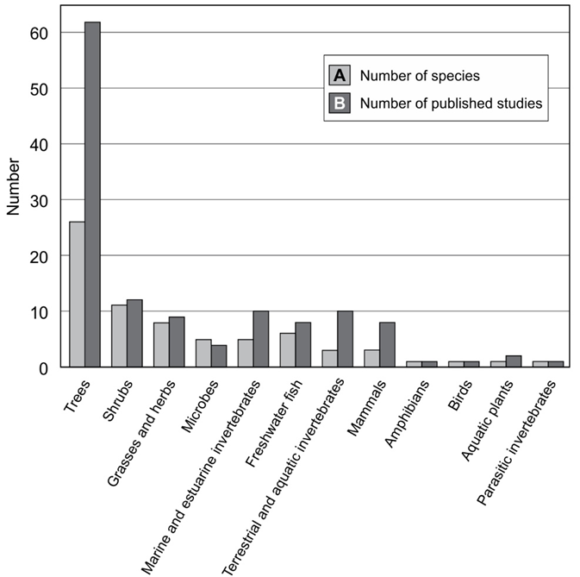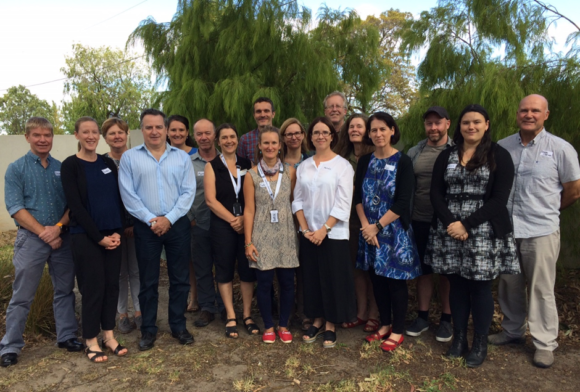7 September 2020 | By Ross Shackleton
World Heritage Sites contain cultural and natural heritage of outstanding value to humanity. The United Nations Educational, Scientific and Cultural Organization (UNESCO) has inscribed 1,121 sites worldwide, of which nine are in South Africa—including four natural sites: the Cape Floral Region Protected Areas; the Greater St. Lucia Wetland Park; Vredefort Dome; and Barberton Makhonjwa Mountain Land. South Africa has a responsibility to look after these sites, both as part of our own heritage and as custodians for the world. However, as with all such protected areas, they are threatened by global change and, in the case of South Africa, plant invasions in particular.

A team of international scientists, including four researchers affiliated with South Africa’s DSI-NRF Centre of Excellence for Invasion Biology (C·I·B), have devised a new monitoring and reporting framework to help managers track and respond to the threat of biological invasions. Lead author Dr Ross Shackleton began the work while affiliated with the C·I·B as a post-doctoral fellow, and completed it while employed at the University of Lausanne in Switzerland.
According to co-author and C·I·B Director, Professor Dave Richardson “While it is clear to those working in these sites how much of a threat invasive plants pose to the biodiversity, it can be difficult to demonstrate the costs and benefits of management”. C·I·B core team member Professor John Wilson of the South African Biodiversity Institute (SANBI) agrees, “If you can’t measure it, you can’t manage it”.
The team assessed biological invasions and their management in 241 natural and mixed World Heritage Sites from documents collated by UNESCO and the International Union for Conservation of Nature (IUCN). They found that reports on the status of biological invasions were irregular or inconsistent. Information available for some sites was informative but it was very difficult to compare information between sites to produce summaries of the global status of invasions, and on trends, because no systematic method of reporting was followed.
According to Dr Shackleton, “Detailed information on invasive alien species management undertaken in World Heritage Sites was available for fewer than half of the sites that listed invasive alien species as a threat”. He added: “There was clearly a need for an improved monitoring and reporting system for biological invasions in World Heritage Sites and other protected areas globally.”

The framework devised in this study grew from a monitoring system and set of indicators developed by the C·I·B and SANBI. It proposes protocols for collecting information and reporting on: pathways, the alien species that are present, impacts, management, predicting future threat and management needs, the status of knowledge and gaps, and, assigning an overall ‘threat score’ to the site.
The study tested the proposed framework for seven World Heritage Sites.
Co-author Dr Arne Witt says “We need urgent action right now to reduce the severity of threats from a wide range of invasive alien plant species – such as Mimosa pigra and Prosopis juliflora. We believe that the development of this monitoring and reporting framework is a step in the right direction to protecting areas”.
The testing of the devised framework yielded new information. For example, the invasive alien species threat level indicated in the 2017 IUCN World Heritage Outlook for the Serengeti, Keoladeo, Doñana and South Africa’s Vredefort Dome was ‘data deficient’ or ‘low threat’ or ‘not listed’, whereas all of these sites can now be categorised as facing ‘moderate’ to ‘high’ threats from biological invasions. The Vredefort Dome, in the Northwest and Free State provinces is threatened by 45 invasive alien species, mostly plants but also some invasive fish species. However, the Working for Water (WfW) programme is actively managing many invasive species at the site to mitigate their impacts. Active management is also underway at the iSimangaliso Wetland Park World Heritage Site.
Prof Richardson says “World Heritage Sites face rapidly growing threats from a range of biological invasions which impact upon native biodiversity and the delivery of ecosystem services. Not only that, but invasive alien species are a financial burden as costs for management can be extremely high.”
The new framework involves the listing all alien invasive species present. This information will allow the tracking of changes in threats and of the implementation and level of success of management.
The study recommends that funding should be made available to conduct surveys at all under-resourced World Heritage Sites to inform the reactive ‘state of conservation’ assessments undertaken by UNESCO and IUCN, and that monitoring can be enhanced through ‘citizen science’ projects.
Read the paper
For more information, contact Dr Ross Shackleton at rtshackleton@gmail.com
Media links
- CABI news New monitoring and reporting framework aims to better protect World Heritage Sites from invasive alien species
- IUCN Invasive alien species may be a bigger threat to natural World Heritage than previously thought
- EU Science Hub Invasive alien species a greater threat to World Heritage Sites than previously thought
- Science Daily Monitoring and reporting framework to protect World Heritage Sites from invasive species
- Stellenbosch University New framework to protect World Heritage Sites against invasive species
- YIBA New framework to protect World Heritage Sites against invasive species



